Damselfly or dragonfly?
The rich collection found in Mont-Tremblant’s Animalium includes several of the 140 species of dragonflies and damselflies found in Quebec. These large, brightly coloured insects have two pairs of membranous, translucent and almost identical wings. Both are members of the order Odonata, a word coming from the Greek which means “toothed”, referring to the mouthparts.
Odonata are, indeed, formidable carnivores. They are inoffensive to humans, and enliven ponds, streams and lakes in their search for insects. They play an essential role in the balance of nature.
These creatures, whose shape inspired helicopter designers, can be seen during the daytime and at dusk on warm summer days. Adults mate in flight or perched on a twig. After having been fertilized, the female deposits her eggs directly in the water, in foam or on the submerged part of an aquatic plant. The eggs hatch a few days later, releasing small larvae that hunt by hiding out, waiting patiently on the bottom of the pond for prey to pass by.
After some months of aquatic life (between 12 and 48 months, depending on the species), the larva exits the water, attaches itself to the stalk of a bush and then moults, thus transforming itself into the adult whose ephemeral life, for some species, ends with the arrival of the cold season. Others migrate like birds, spending winter in the southern United States and returning in springtime.
What’s the difference between a dragonfly and a damselfly?
Dragonflies are Odonata anisoptera. They have a strong body and keep their wings extended horizontally when they land and when they chase insects on the wing. Damselflies, on the other hand, are Odonata zygoptera. Their bodies are more delicate-looking, and they fold back their wings when they land and hunt from a perch.
Odonata, whether in the larval stage or as adults, contribute to the biological control of a wide variety of insects and then serve, in turn, as food for a large number of arthropods, fish, birds and amphibians. Their presence is an indicator of environmental quality; observing them is a sheer delight. A visit to Animalium will convince you.
By the same author: The blue flag, Quebec’s floral emblem (Click the image below)

Jacques Prescott131 Posts
Jacques Prescott est biologiste, professeur associé à la Chaire en éco-conseil de l’Université du Québec à Chicoutimi. Spécialiste de la biodiversité et du développement durable, il est l’auteur de nombreux livres et articles sur la faune et la conservation de la nature. Il nous fait l’honneur de rejoindre notre équipe de collaborateurs et signera chaque mois une chronique intitulée Faune et flore. / Jacques Prescott is a biologist, associate professor with the Chair in Eco-Counselling of the Université du Québec à Chicoutimi. A specialist in biodiversity and sustainable development, he is the author of numerous books and articles about wildlife and nature conservation. He has honoured us by joining our team of contributors and will write a monthly column entitled Wildlife and Habitat.
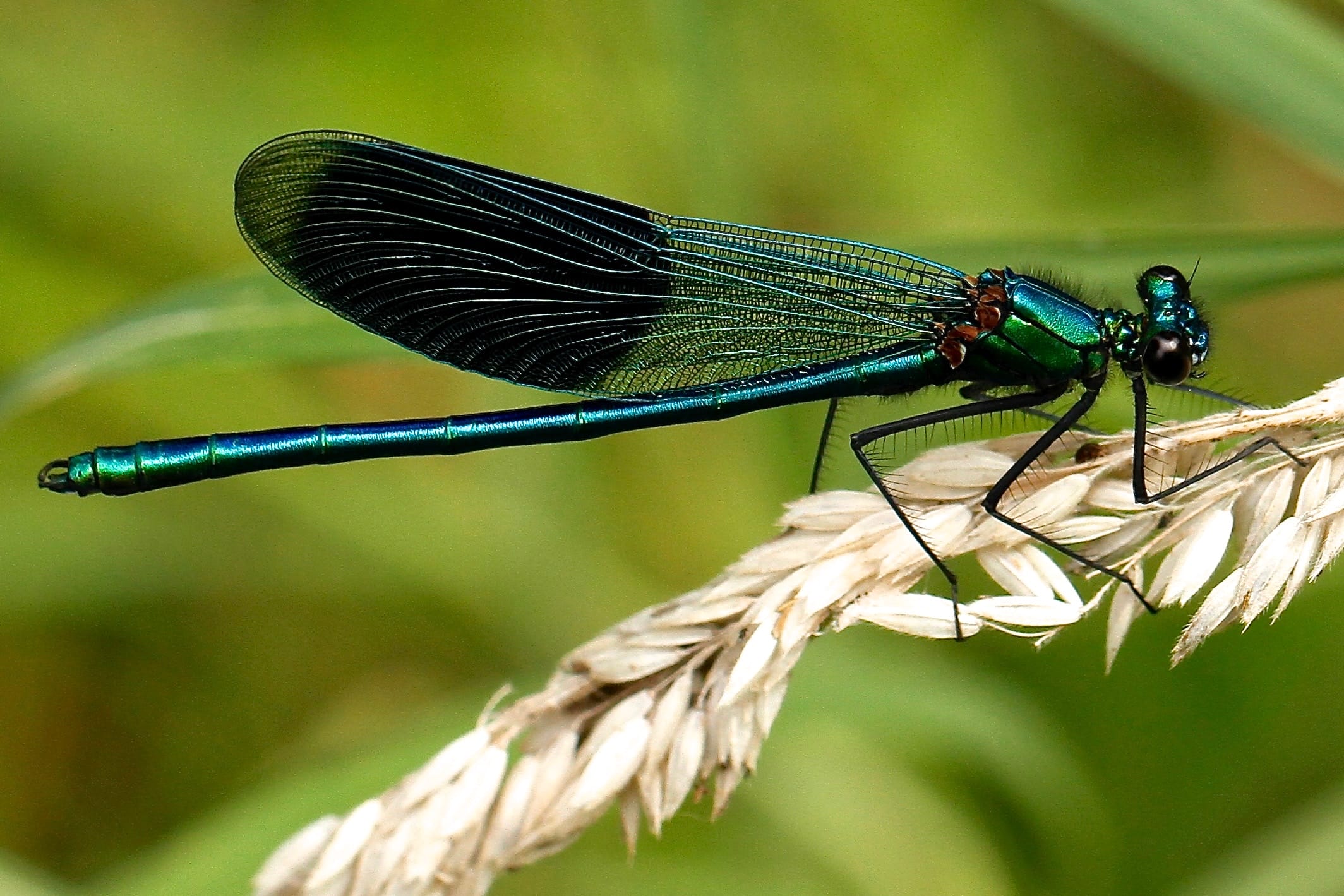
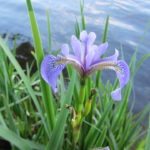

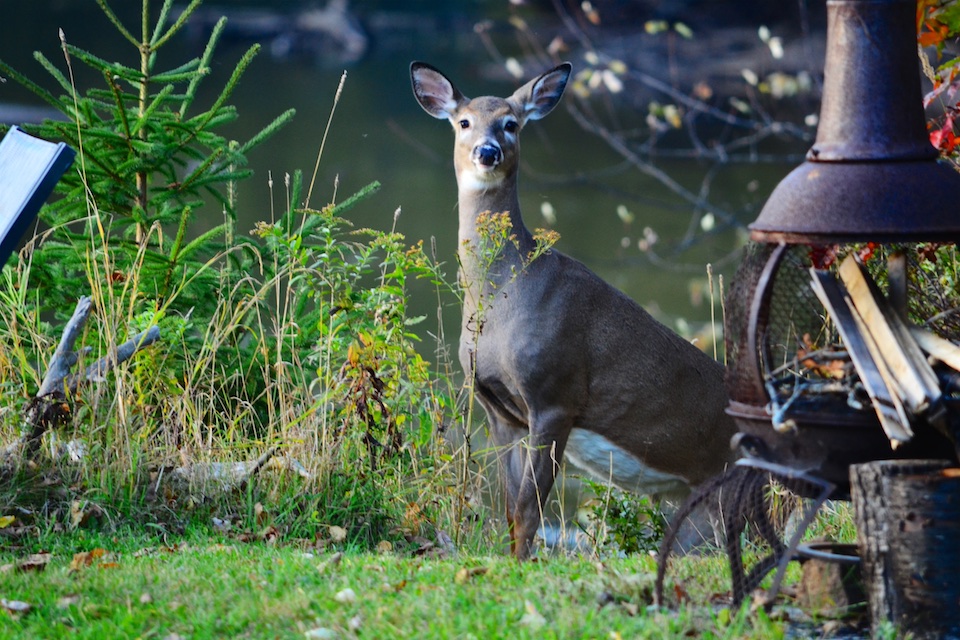
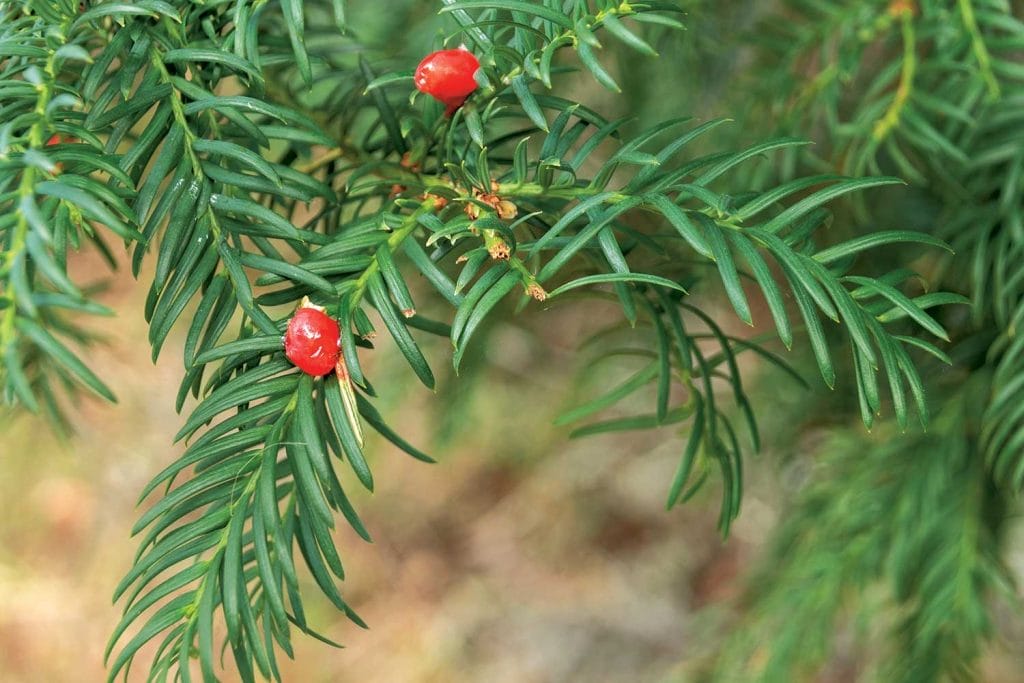
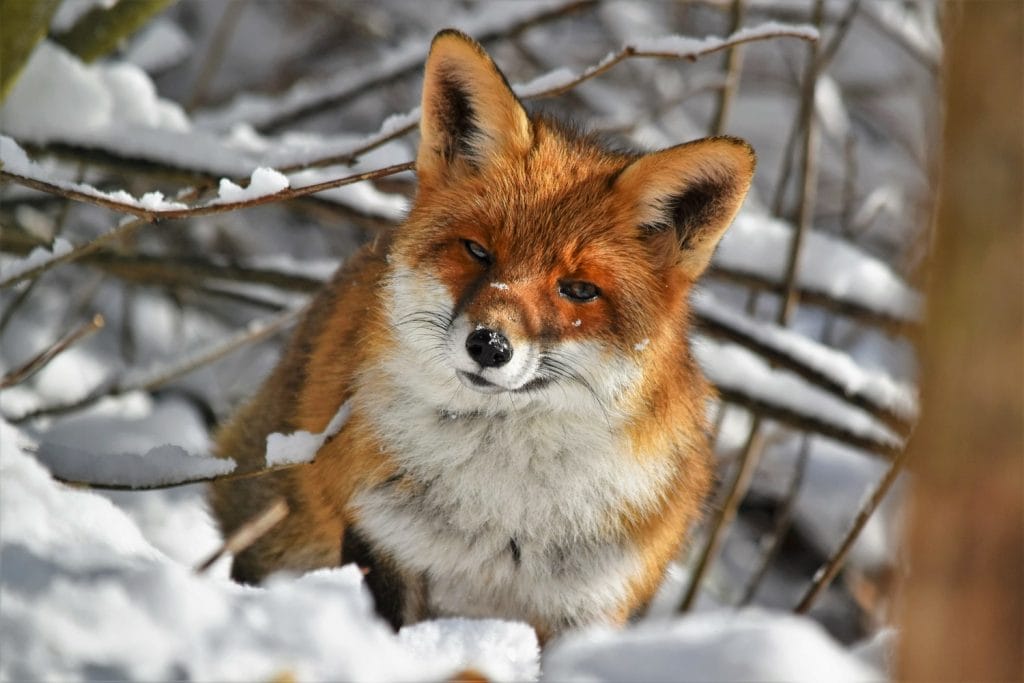
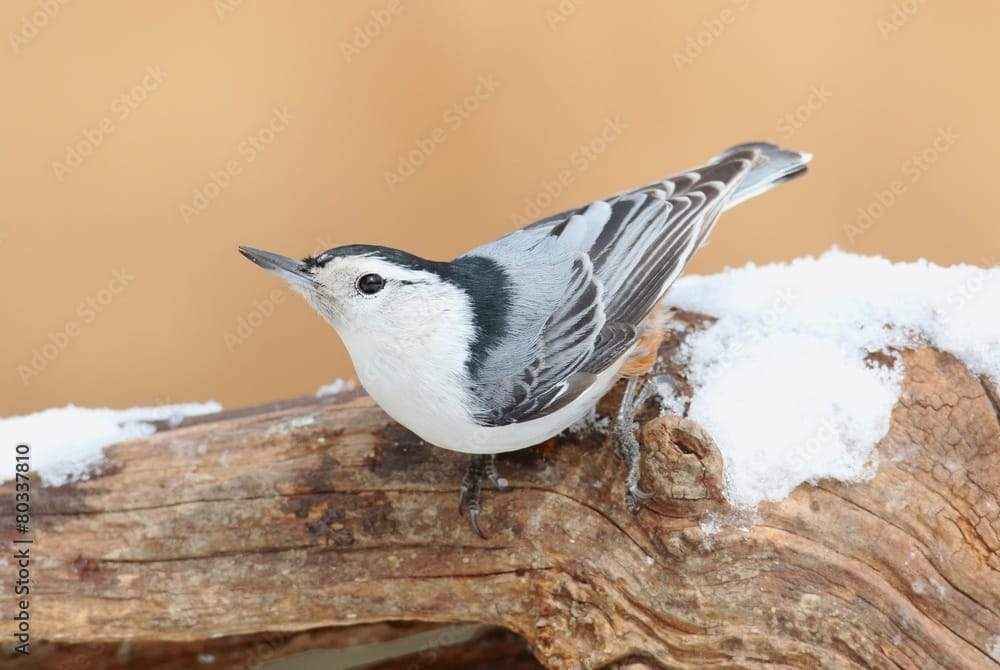
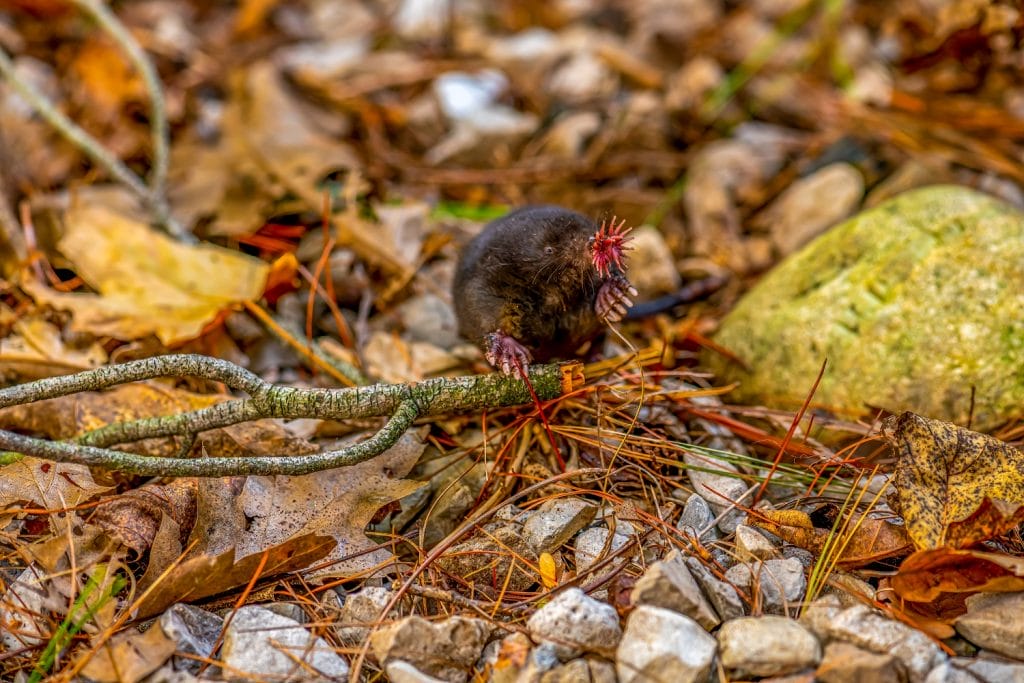





1 Comment
Jayne Anderson
October 11, 2020 at 7:30 amWhat a wonderful story and photos of dragonflies and damselflies on your website.
This is truly amazing as my husband and I adore these little creatures.
Today I rescued two dragonflies from our swimming pool and they both came back to life.
Now I have discovered from your write up that the little one was a damsel fly as his wings were parallel to his body. I was truly gobsmacked where you are doing these studies as I lived in Montreal in the late 1960’s and went skiing a lot at Mont Tremblant which I just loved so much. You have made me a very happy lady today here in Moonee Ponds Melbourne Australia!